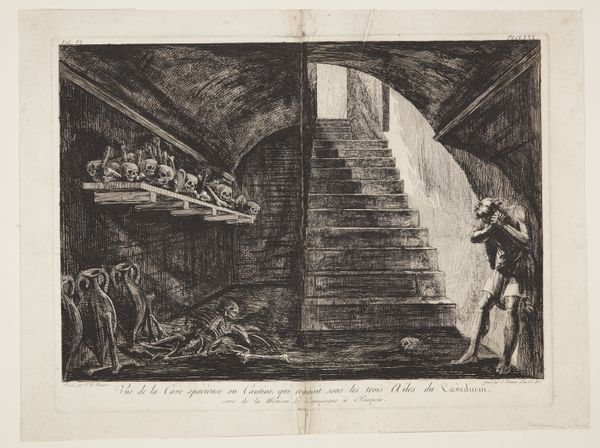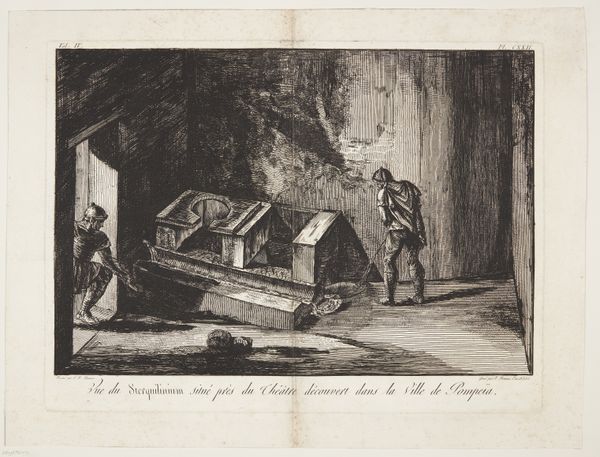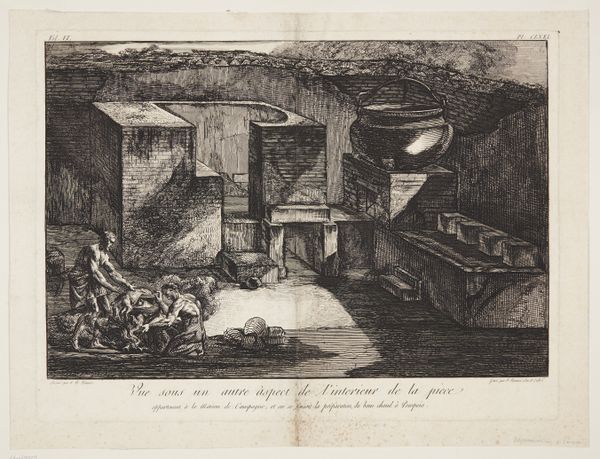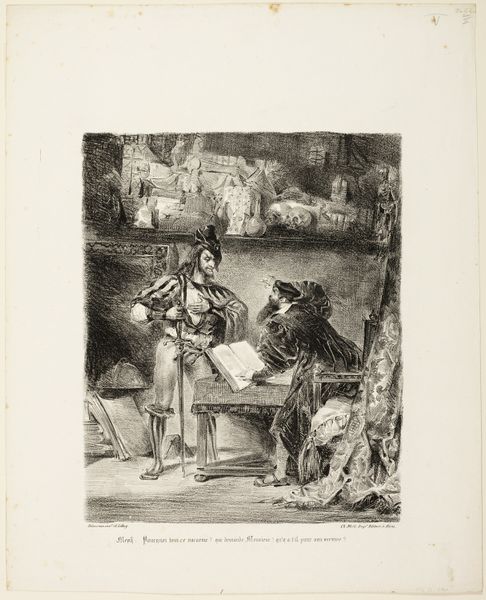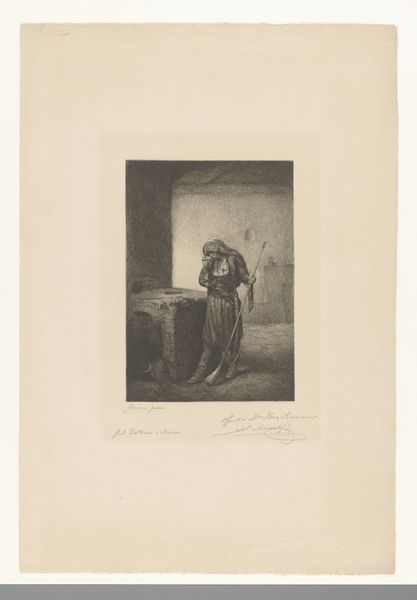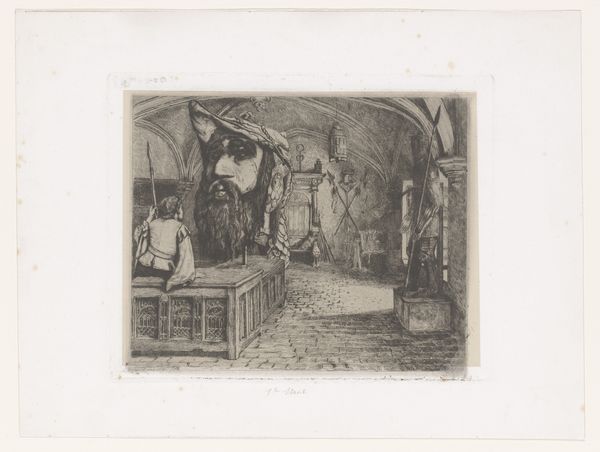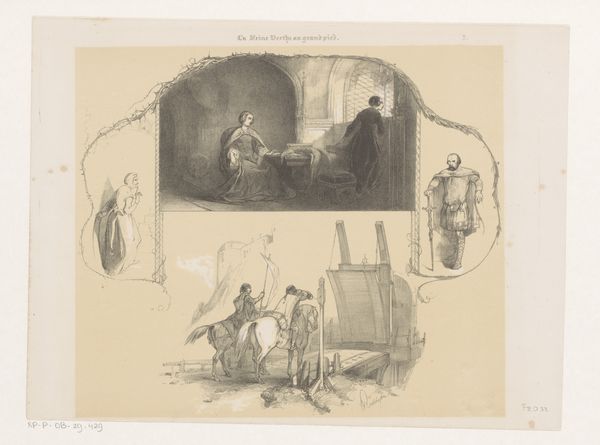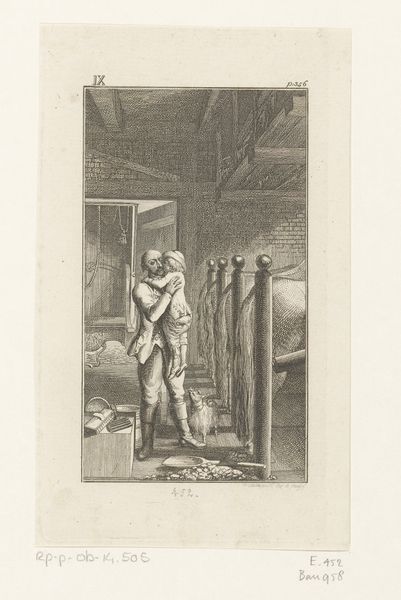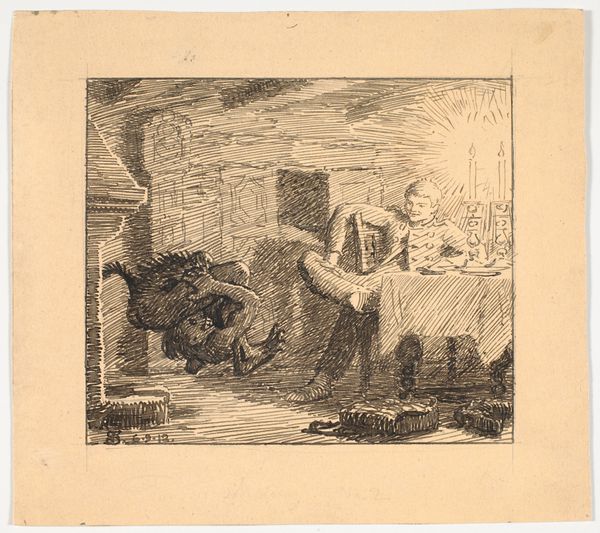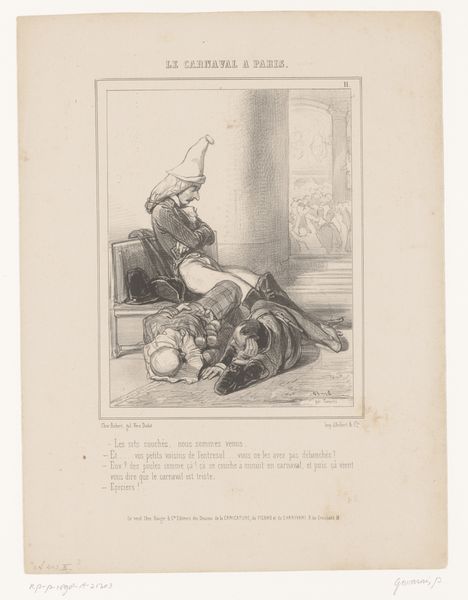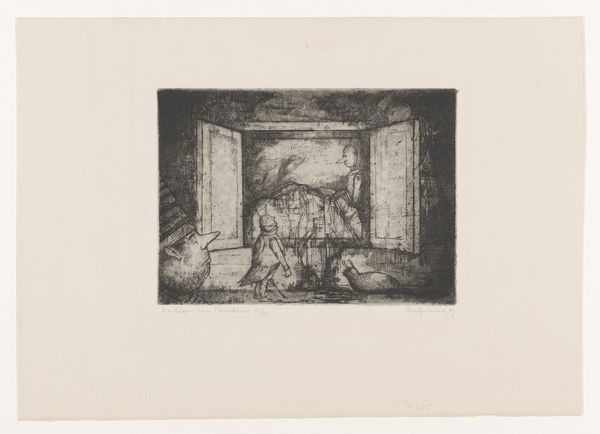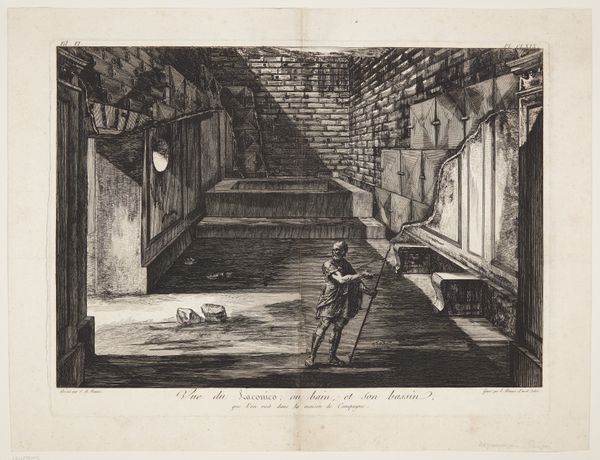
Vue d'une Cheminée dans l'angle d'une salle au 3e. Etage, de la maison batie sur les murs de la Ville de Pompeiia 1805
0:00
0:00
print, etching, engraving, architecture
# print
#
etching
#
landscape
#
ancient-mediterranean
#
engraving
#
architecture
Dimensions: 427 mm (height) x 575 mm (width) (plademaal)
Editor: This etching by Francesco Piranesi, created in 1805, depicts "A View of a Chimney in the Corner of a Room on the 3rd Floor of a House Built on the Walls of the City of Pompeii". The architectural interior, the lone figure…it all feels so desolate. What strikes you about this image? Curator: Immediately, I’m drawn to the processes of production visible here. Think about the labor invested in both the creation of Pompeii, and the later labor of its excavation and depiction. The image flattens time, juxtaposing the remnants of Roman craft with Piranesi’s own, as he meticulously etches and engraves the scene for a contemporary audience eager to consume images of the ancient world. How do the stark contrasts emphasize materiality? Editor: The hatching and cross-hatching create texture, definitely highlighting the stone, the metal of the vessel, even the fabrics. Is that why the lone figure appears almost secondary? Curator: Not secondary, but situated within this economy of material exploration and circulation. The figure’s presence calls attention to labor, and his pose implies an active discovery or surveillance, linking his actions to Piranesi's act of documentation and the print’s subsequent distribution. It provokes thought on the human intervention reshaping these materials. Editor: That connection between the ancient artisan who originally built this room, and Piranesi as an engraver is fascinating, especially how both participated in their own form of material creation. Curator: Exactly! And the image itself, as a commodity, fueled further interest, excavation, and material exploitation. So it asks us to consider our role in this cycle of production and consumption. Editor: That gives me a totally different lens to look at art. Thanks! Curator: My pleasure. Now, let's delve into another work and unpack its hidden processes.
Comments
No comments
Be the first to comment and join the conversation on the ultimate creative platform.
